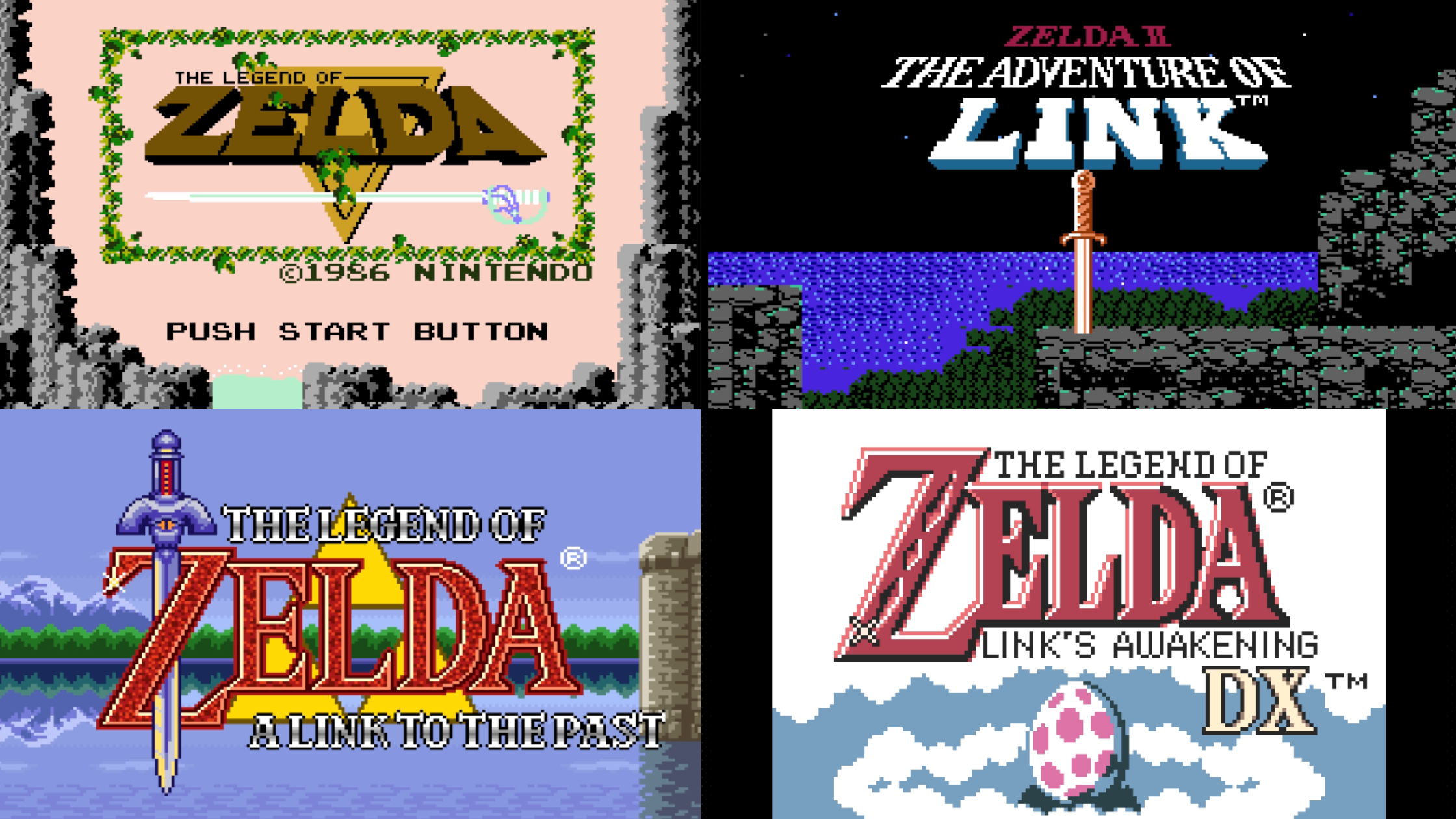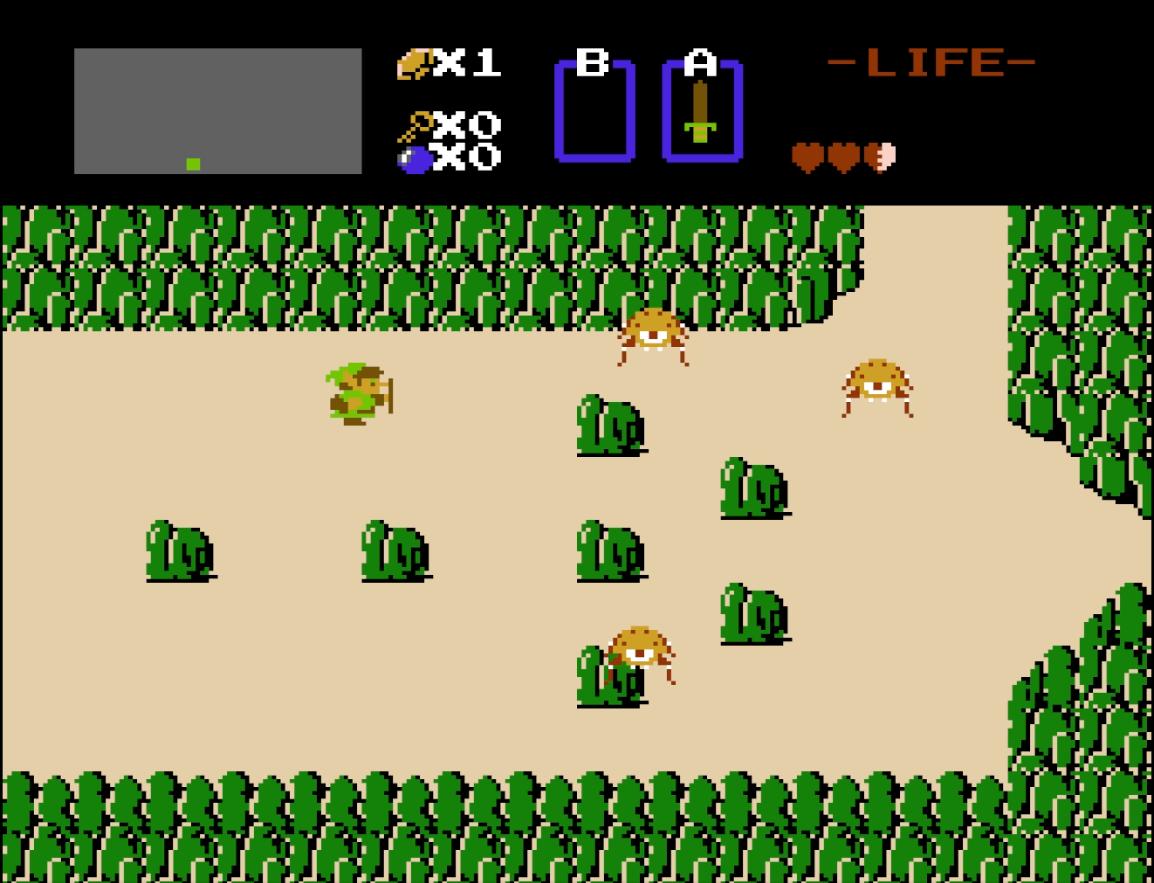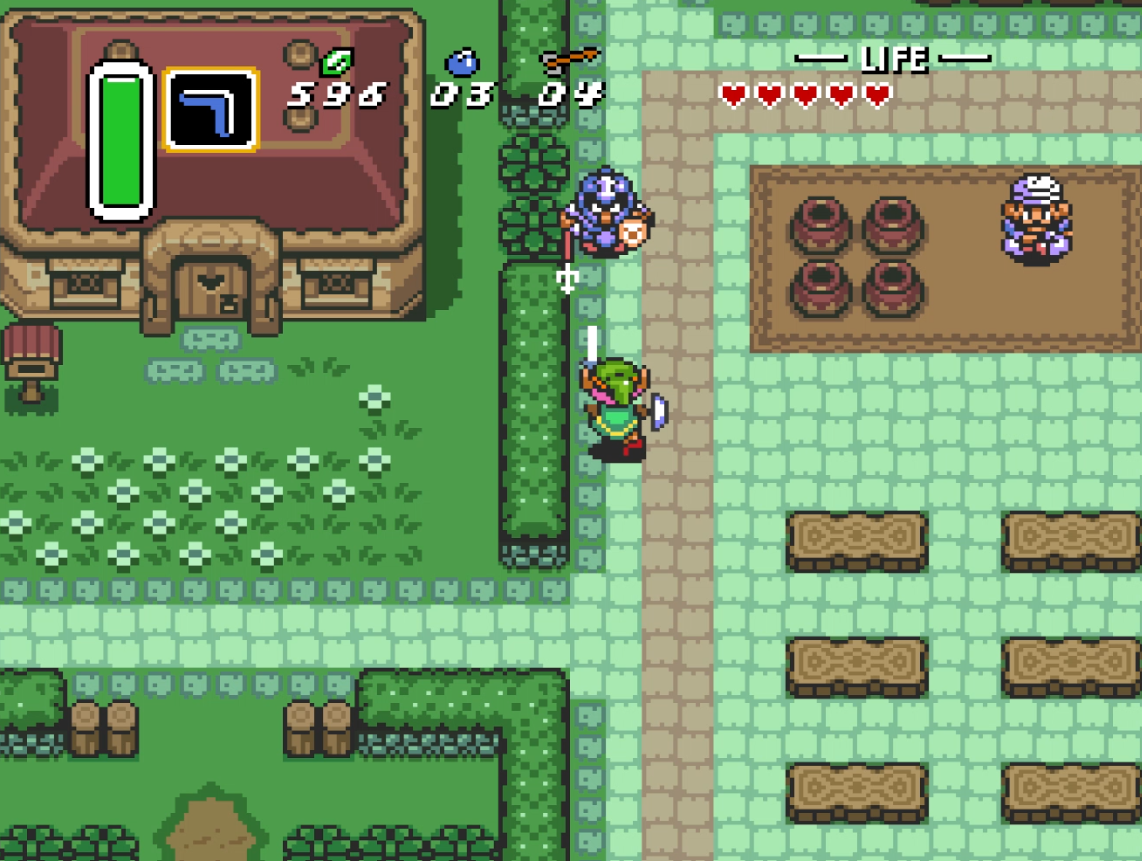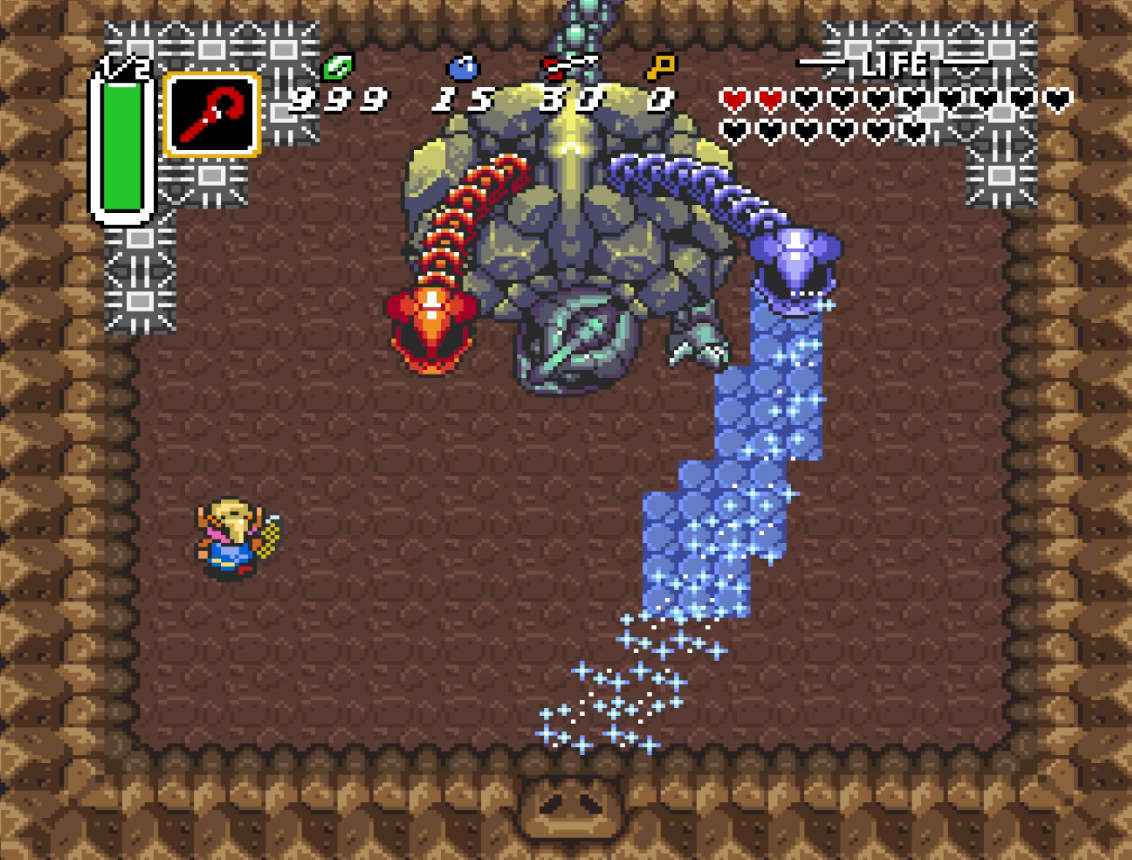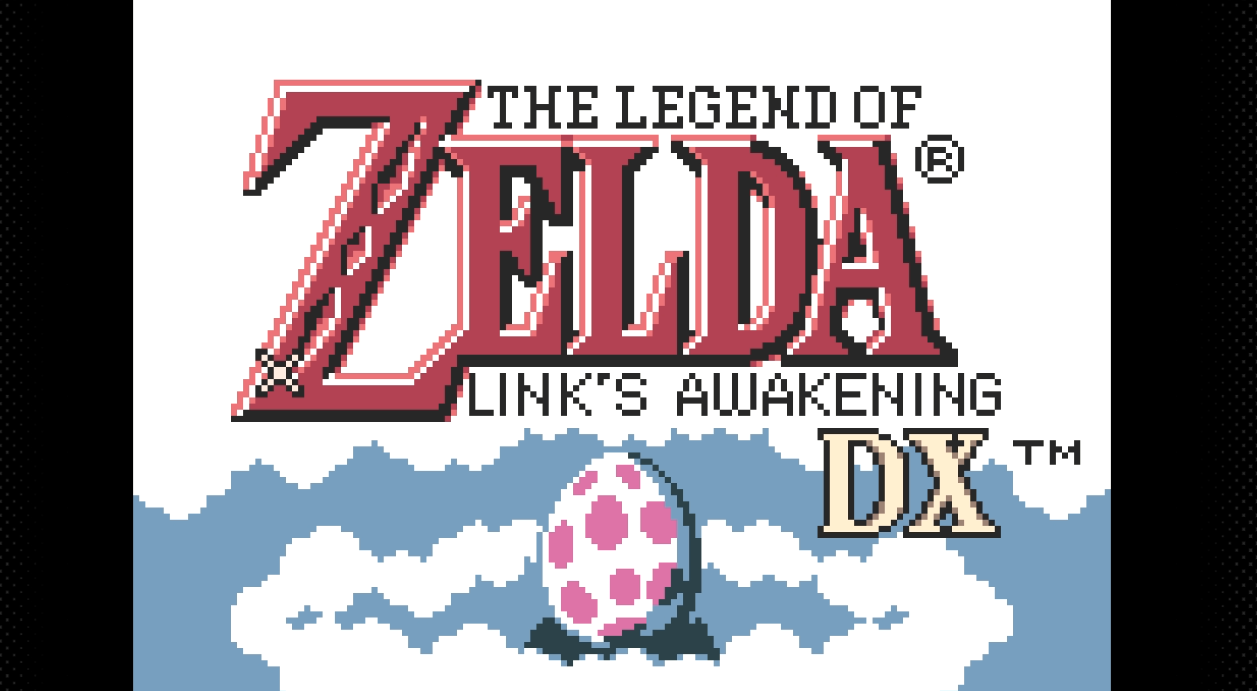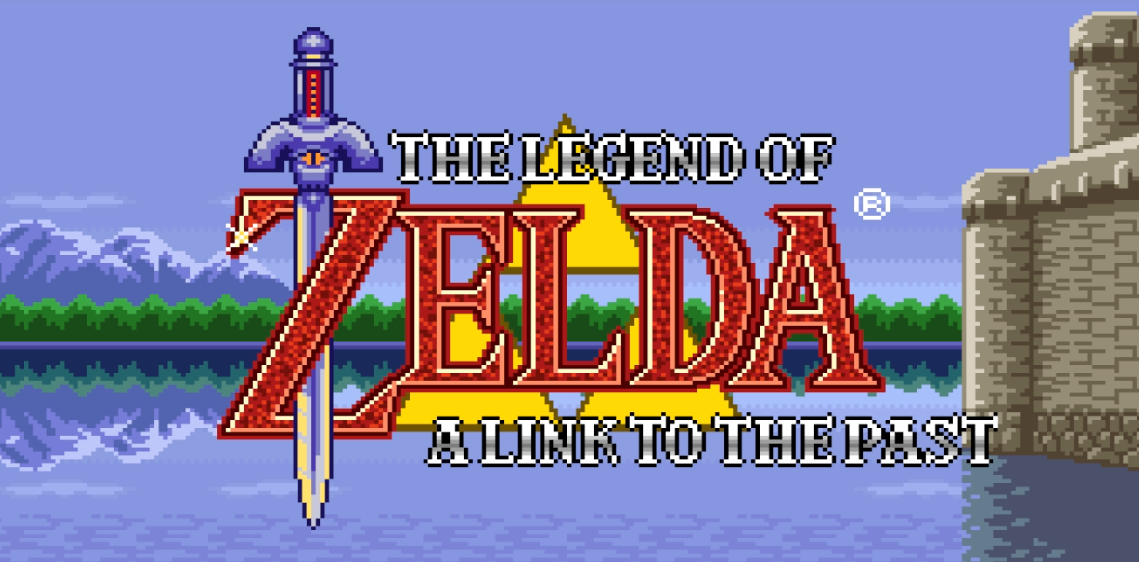The First 4 Legend of Zelda Games Compared: A Journey Through Zelda’s Early Years
I’m a cozy gamer by nature. I farm, fish, decorate, and collect, all the usual things you'd expect in farming sims and life sims. But recently, I've wanted to expand my gaming experiences and challenge myself with new genres. One of the first video games I ever played was The Legend of Zelda: Phantom Hourglass on the Nintendo DS. And while this game drove me mental, it had one of the best stories and most engaging gameplay I’d experienced to that point.
Since purchasing my Switch in 2018, I’ve devoured countless games, mostly in the cozy genre and RPGs. I’ve played all new Zelda titles released on the Switch, but the Link’s Awakening Remaster opened something up in me, and I became obsessed. With the new release of Echoes of Wisdom, the first-ever Zelda title with Zelda as the main protagonist in the same top-down format I love, I thought it’d be a great time to revisit the first four Legend of Zelda games that set the foundation for the franchise: The Legend of Zelda, Zelda II Link’s Adventure, A Link to The Past, and Link’s Awakening. Here’s my comparison of the first 4 titles in The Legend of Zelda series.
The Evolution of Gameplay
There’s an interesting evolution in gameplay throughout these four games, with many core elements that would go on to define the entire Zelda franchise. The classic 8-dungeon structure is established in the first game and becomes a defining feature across the series.
The use of Fairy Fountains also begins in The Legend of Zelda, as well as the introduction of key items like the Power Bracelet, Boomerang, and Fire and Ice Rods—items that would appear in many future titles.
Zelda II: Link’s Adventure stands out with a slightly different approach. The game uses a side-scrolling format for combat, shifting away from the top-down view. It’s more structured in its progression and focuses less on collecting a wide variety of items. But it still retains the essence of Zelda, featuring familiar enemies and music that fits within the series’ aesthetic.
What Zelda II Brought to the Table
While Zelda II: Link’s Adventure is a bold departure from the traditional Zelda format, there are still many elements that make it stand out. The leveling-up system and the use of magic spells were interesting additions that could have been expanded upon in future titles. While I’m glad to see the back of the random encounter battles, I enjoyed the game's unique approach to combat and progression.
Visual and Technological Progression
As technology developed from NES to SNES to Game Boy, the visuals evolved significantly. From the 8-bit graphics of The Legend of Zelda to the 16-bit worlds in A Link to The Past, we see a notable improvement in the use of colour and detail in the environments. The upgrade in graphics over the years helped to enhance the world-building and immersive experience in each new title.
The Legend of Zelda theme song, established in the first game, is used across the series, but each title also introduces its own musical motifs, contributing to the iconic Zelda soundtrack that fans continue to adore.
Music and Soundtracks
The music in these four games is integral to the Zelda experience. While the core theme is present in all four games, each title has its own set of tracks that fit with the unique world and atmosphere. The familiar melody of The Legend of Zelda theme gives a sense of continuity, while the new compositions evoke the distinct feelings of each game.
Enemies and Evolution of Design
Many of the series' iconic enemies, such as Moblins, Zoras, Octoroks, and Lynels, make their first appearances in The Legend of Zelda. It’s exciting to watch how these enemies evolve in design and mechanics across the four games. The Moblins, for example, look and behave very differently in The Adventure of Link compared to their earlier appearances in The Legend of Zelda.
Narrative Depth
A Link to The Past introduces a deeper, more complex narrative compared to the simpler stories of The Legend of Zelda and Zelda II: Link’s Adventure. The game delves into a more developed story and offers a richer, more immersive world.
Link’s Awakening continues this trend with a creative and original narrative that is full of surprises and charm. It’s unique in how it creates a dreamlike world where the very nature of the adventure questions reality. The quirky, memorable characters, including the likes of Mr. Write and the mysterious Wind Fish, make the story unforgettable. The balance of humour, mystery, and emotional moments in Link’s Awakening helped elevate it as one of the most beloved entries in the Zelda series. The remastered version brought these elements to life in stunning visuals, and the music remained as haunting and beautiful as ever.
A Lasting Legacy
Overall, it’s fascinating to see how The Legend of Zelda series evolved over just four games. The first game laid the foundation for everything that followed, and by the time A Link to The Past and Link’s Awakening arrived, the series had already matured into something far greater. Zelda II: Link’s Adventure was a bold shift, but it contributed to the series’ growth in its own way.
With each new instalment, Zelda advanced on the core foundation established in the first game, adding more imaginative worlds, detailed characters, and inventive gameplay. Looking back, it’s amazing to see how much was accomplished in these early titles and how they paved the way for the future of one of gaming’s most iconic franchises.

